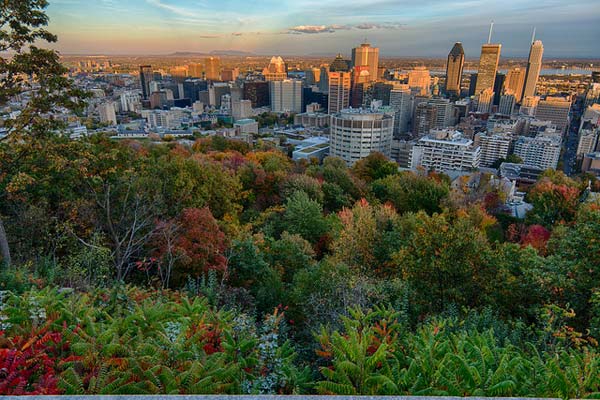
Income disparities growing in Montreal
Published: April 15, 2013
While Montreal’s smoked meat, bagels and cinq-à-septs haven’t changed over the years, other things have. One major change is the differences of income among the city’s residents.
Researchers from the University of Toronto-based Neighbourhood Change Research Partnership (NCRP) have found that income disparities among Montreal-area neighbourhoods have increased over the past 30 years.
"Knowing the extent of of the growing socio-spatial divide and the specific trends at a metropolitan area level allows social agencies and public policy makers to better understand existing social needs and better understand causes," says Professor David Hulchanski, principal investigator of the Neighbourhood Change project. "Governments at all levels can take remedial action should they choose to do so."
Interestingly, these differences in income among Montrealers haven’t changed as dramatically as they have among residents of Toronto and Vancouver, say researchers Damaris Rose and Amy Twigge-Molecey of INRS University.
“We hope the research will stimulate critical debate about how policy actors at all levels of government can effect changes that can create a more socially-just metropolitan city,” says Rose. “At a minimum, this means a city where all residents, regardless of their income, their neighbourhood, and their personal mobility, can benefit from high quality public, community and commercial services, facilities and amenities.”
The researchers tracked how well neighbourhoods were doing in terms of their residents’ average incomes compared to those of Greater Montreal as a whole.
The study revealed that the share of middle-income neighbourhoods slipped from 64 per cent to 55 per cent between 1970 and 2005. During that same time, the share of low-income neighbourhoods on the Island of Montréal grew from 22 per cent to 37 per cent. And in off-island suburbs, the share of poor neighbourhoods jumped from 3 per cent to 19 per cent while the share of affluent neighbourhoods rose from 15 per cent to 18 per cent.
Changes to Montreal’s neighbourhoods can be traced back to the 1970s, when Canada’s financial centre and affluent residents moved to Toronto.
Although traditional manufacturing industries collapsed, Montreal reinvented itself as a knowledge- and culture-based economy, which has fuelled gentrification of the inner city, note the researchers.
With the rise of the francophone middle class, the outer suburbs mushroomed. With big changes to immigration policy, middle-class areas also become more diverse. But Montreal’s poverty map also looks different today as low-income newcomers cluster in post-war apartment districts.
“Unlike more polarized cities,” says Rose, “neighbourhoods that are relatively stable, where a majority of residents have middle incomes, are still found all over Greater Montréal.”
Rose attributes Montreal’s relative success to an array of factors, including affordable housing, strong community services and dependable public transit.
The NCRP is a coalition of university researchers that examines inequality in Canadian cities. It will soon be updating their findings to 2010, for several other cities including Toronto, Vancouver, Calgary, Winnipeg and Halifax.



